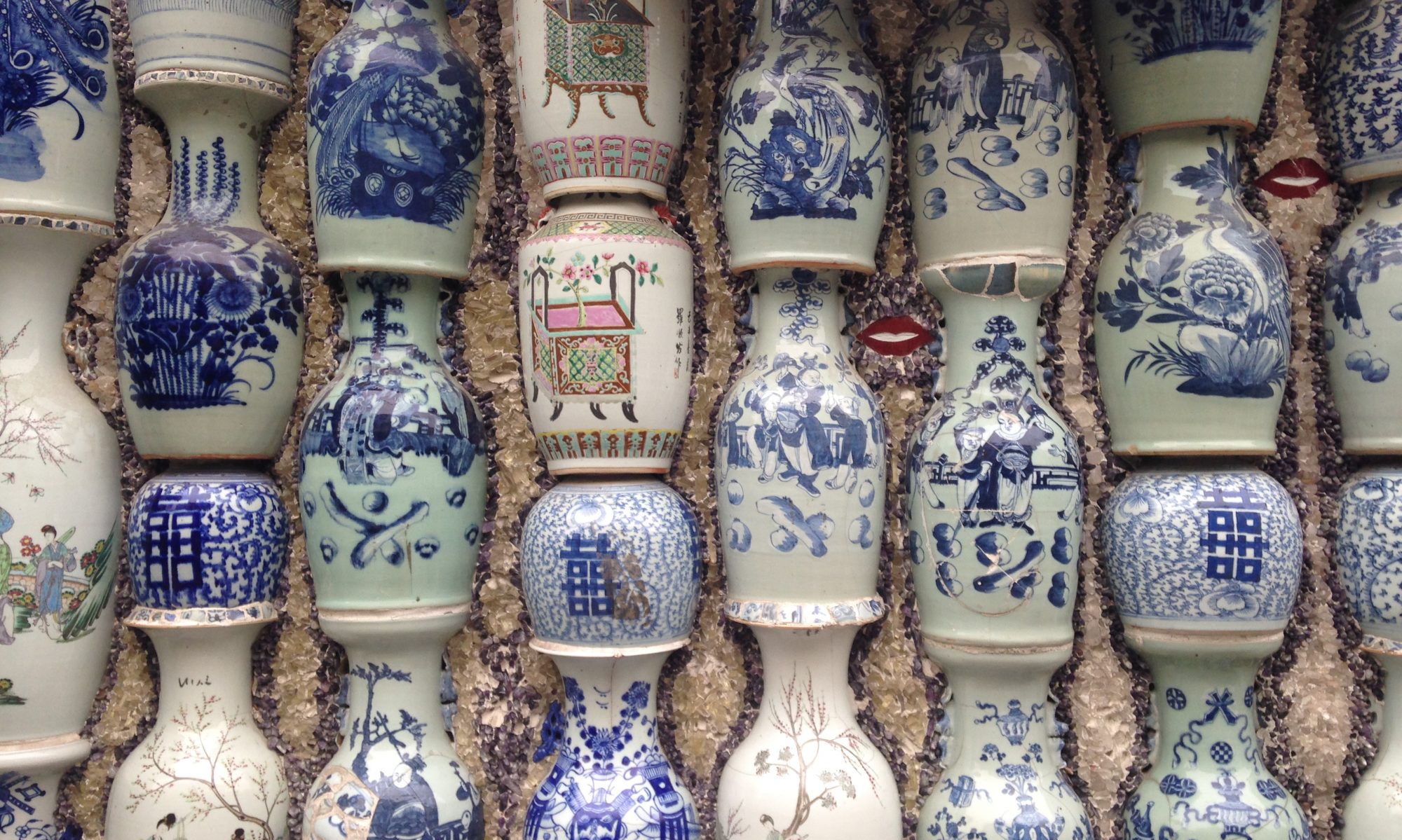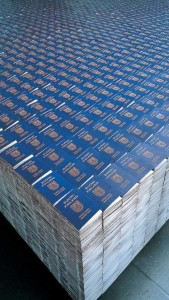Alfred Jaar’s work of art entitled One million Finnish passports (1995).
“The three Nordic countries, Sweden, Norway, and Denmark, are the three most generous countries in helping the developing world. Every year they’re always the three top donors in terms of development and social programs in most developing counties. In the last ten years, they have welcomed one million refugees that have become citizens of those countries. But this project takes place in Helsinki, Finland, at the Museum of Contemporary Art. I was shocked to discover that Finland is completely different than the other Nordic countries. They have what they call a “zero immigration policy”. Ironically, the year I was having this show, Finland was applying to the European community, so I created this project called “On Million Finnish Passports”. As you see, the passports are behind high security glass because the authorities requested that people did not have access to them. This measures approximately ten meters by ten meters by eighty centimeters high. And why one million? Because I calculated that in every European country approximately twenty percent of the population is foreign or of foreign descent. Finland has five million inhabitants, so twenty percent would be one million. As you may know, Finland is a very rich country with a very large territory. What I wanted to do with this piece was to ask the following questions: Who will be the next one million Finnish citizens, now that they are joining the European community? Do they want to remain insular and isolated, or do they want to welcome new faces, new ideas, new colors to their territory? The lighting was such that you could see yourself reflected slightly on the glass, so you would see the passports through your own image. I like very much this image, it’s a kind of sea of identity waiting to be filled. There was a lot of press and reactions to this piece. The most moving reaction was that a few people came back to the museum with their own passports, and threw them over the glass as a sign of solidarity.”

